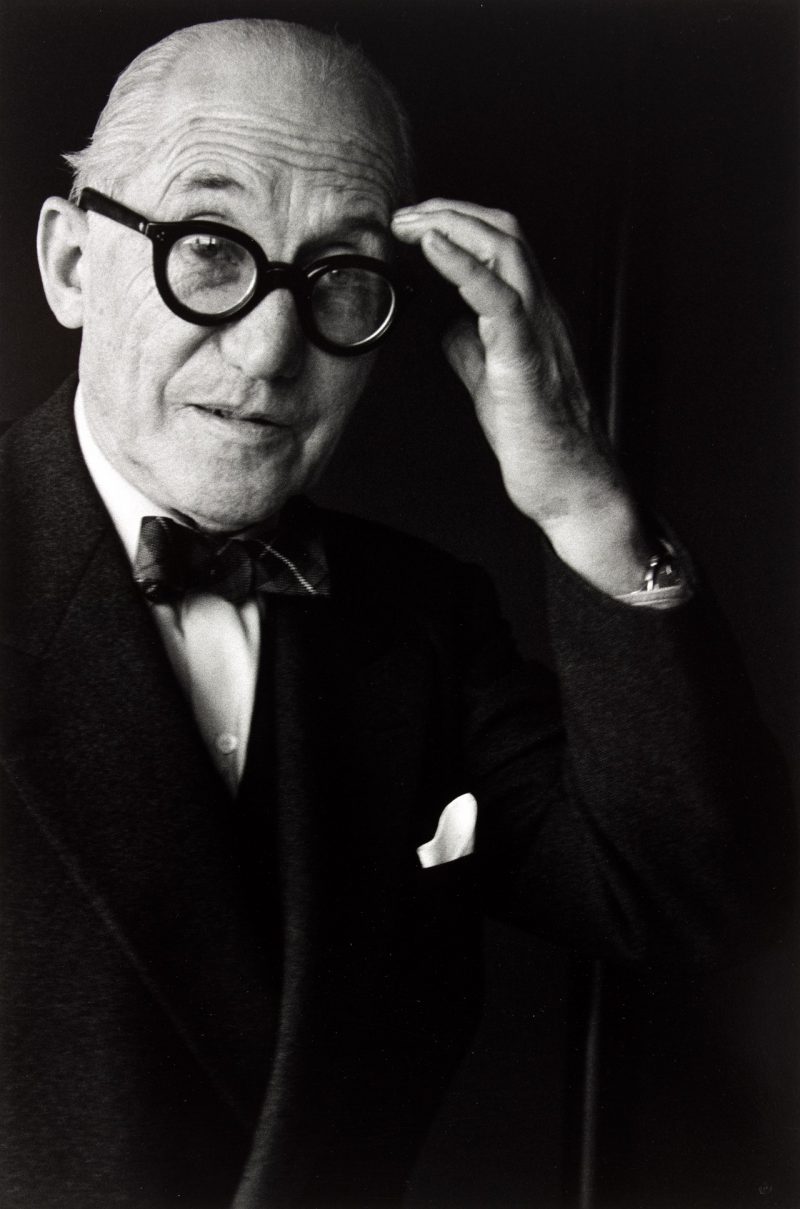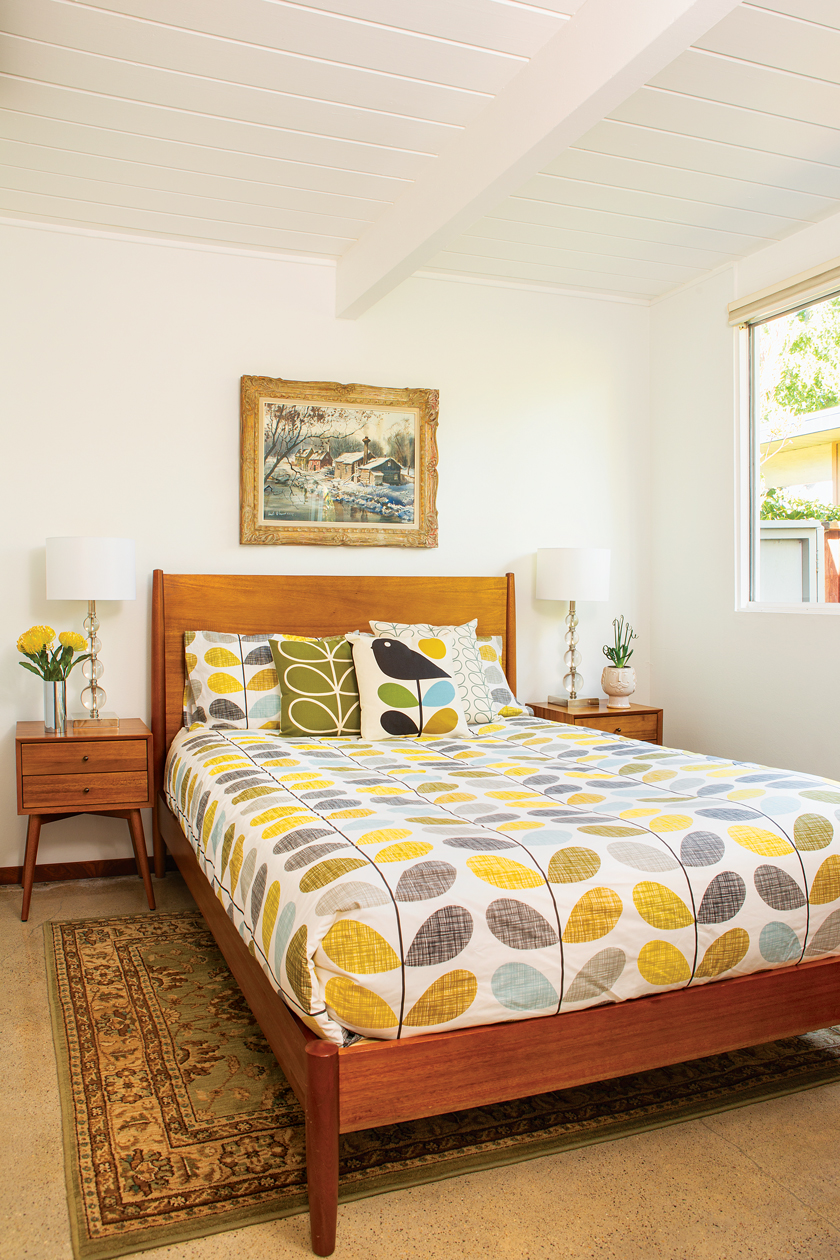Once said by Japanese architect Yoshiro Taniguchi, “How is it that this man Le Corbusier can grasp hold of my heart, overpower it, and not let go?”
Designer Charles-Édouard Jeanneret, better known as Le Corbusier, was a Modernist when modernism was still forming. His designs and flair spread to East Asia after mentoring three Japanese architects, however, Le Corbusier’s time there is markedly unrecorded. All that remains of his mark in East Asia is the National Museum of Western Art, a solitary concrete building erected in 1959.
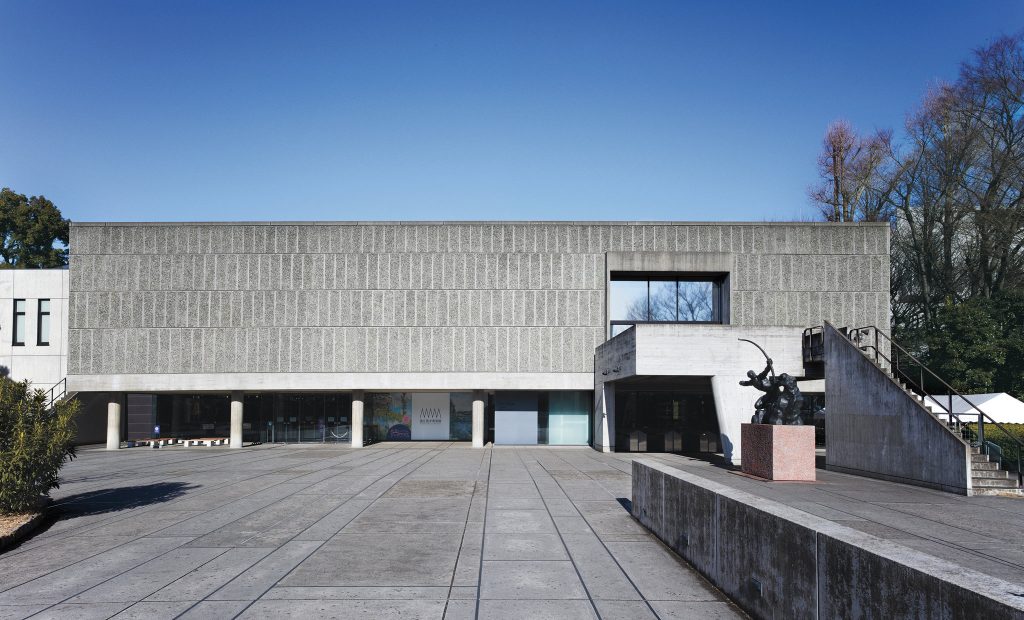
It is unusual to see a design icon ignored, especially when Le Corbusier was so influential over his students and future Japanese Modernist designs. Like other Modernist architects, he sought to simplify the art of building into a few crucial points, and though he was virtually unknown, Japanese publishing Kokusai Kenchiku (International Architecture), devoted two entire issues to the work of Le Corbusier and were perhaps the biggest proponents of the designer’s influence.
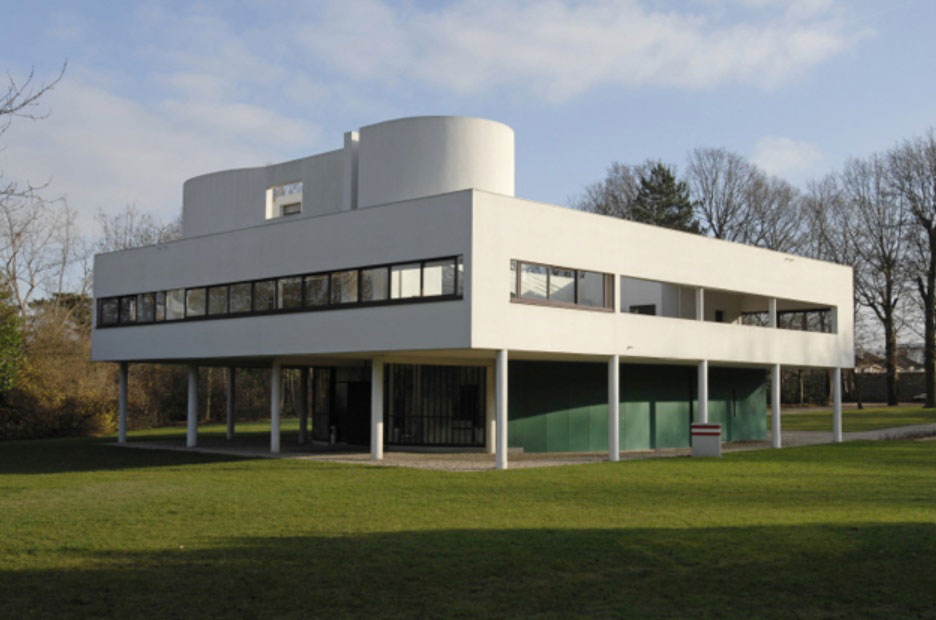
Thanks to the overwhelming clarity of Le Corbusier’s design positions, the enticing nature of his style and the quickly growing international movement for Modernism, the impact he had on a rising generation of Japanese architects would prove to be immense. His pupil, Kunio Maekawa, was an exponent of Corbusianism and continued to rally his mentor’s teachings, all prevalent in his designs.
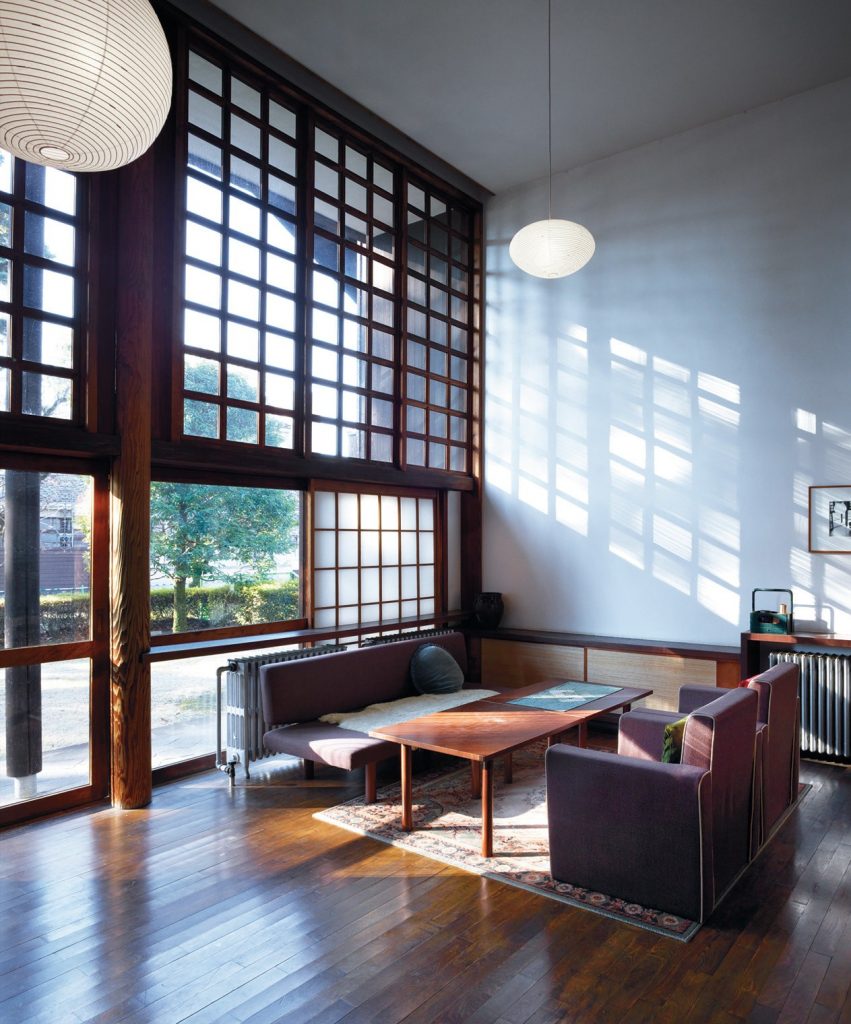
Overall, Le Corbusier may have a left subtle building in Japan, but his influence touched more than Modernists could imagine.
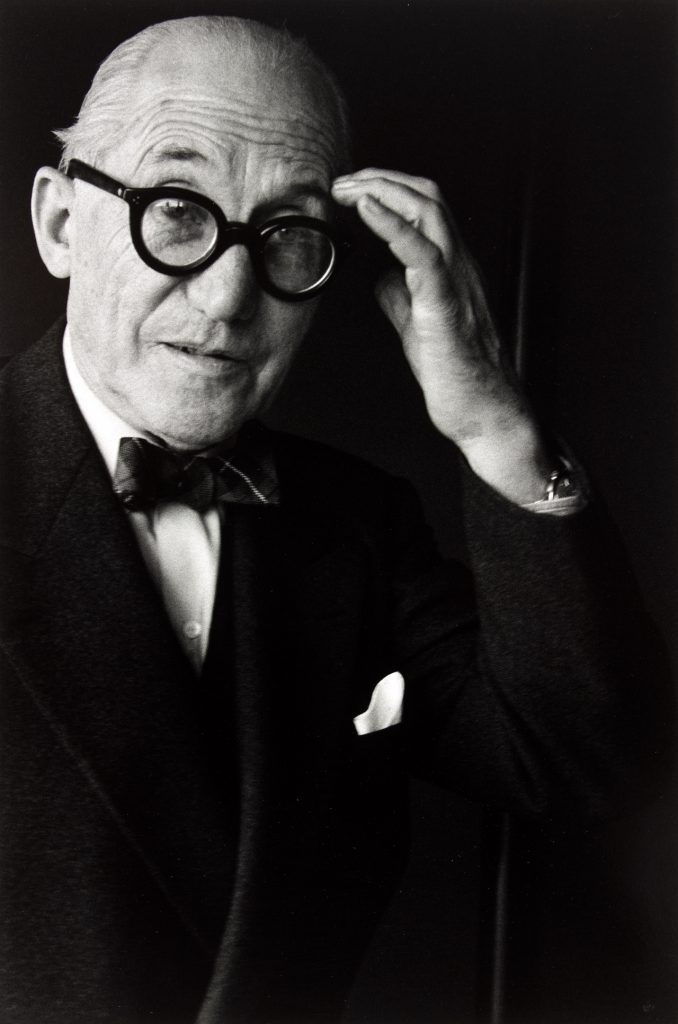
Read more on Le Corbusier in Japan here. Follow Atomic Ranch on Instagram to stay updated on our newest posts!

